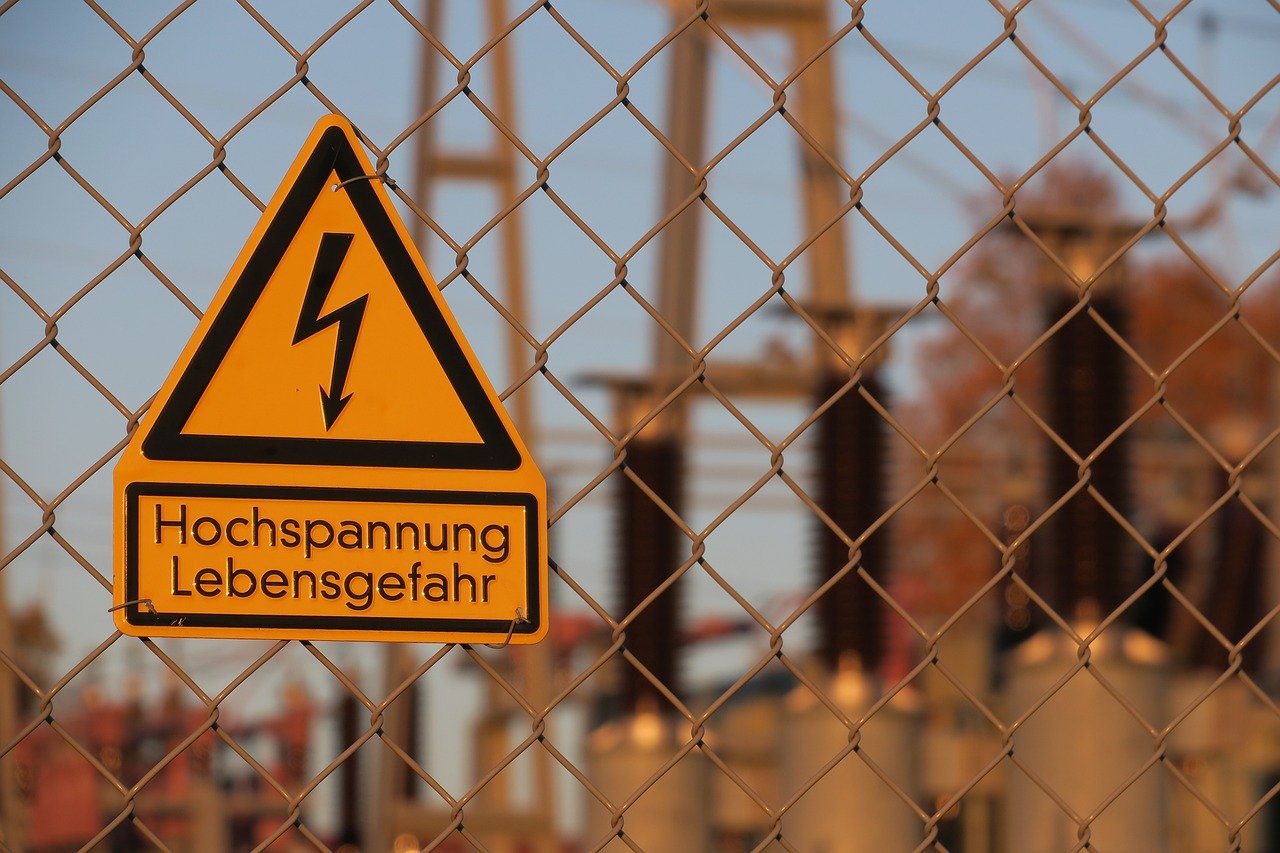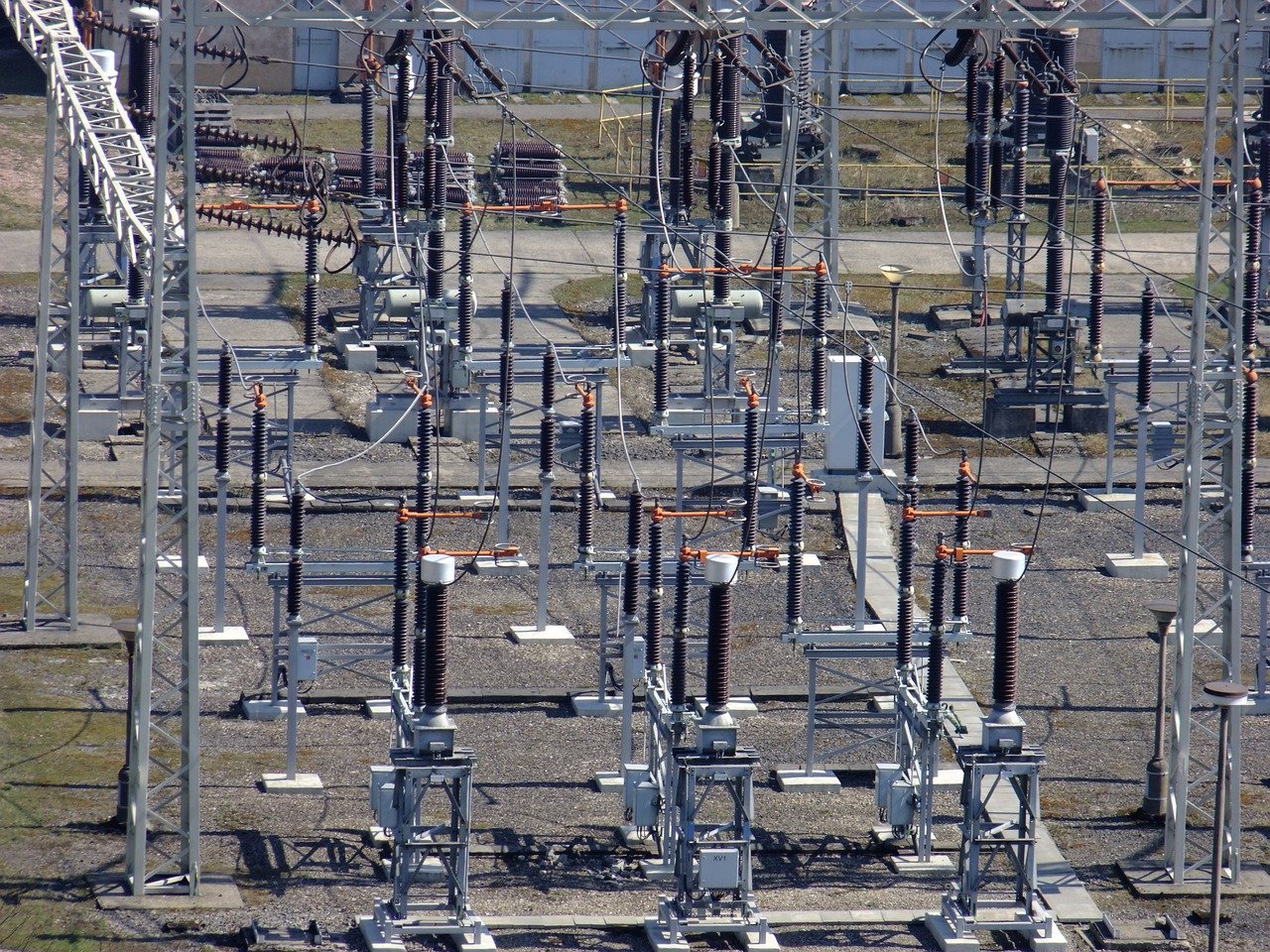Power Line Construction: Connecting the World One Wire at a Time
Power lines are the lifeblood of modern society, transmitting electricity to homes, industries, and businesses, enabling the seamless flow of energy that powers our lives. From towering high-voltage lines stretching across vast landscapes to the intricate networks crisscrossing urban areas, power line construction is a cornerstone of infrastructure development. This blog explores the complex process, challenges, and innovations shaping the construction of power lines.
The Importance of Power Line Construction
Power line construction is essential for:
- Energy Distribution: Ensuring electricity generated at power plants reaches end-users efficiently.
- Economic Growth: Supporting industrial operations, businesses, and urbanization.
- Technological Advancements: Enabling modern communication and the integration of renewable energy sources.
- Community Development: Providing reliable electricity for households, healthcare, and education.
Types of Power Lines
1. Transmission Lines
These lines transport electricity over long distances at high voltages. They are typically supported by tall, steel towers and use conductors with minimal resistance.
2. Distribution Lines
Designed for local electricity delivery, distribution lines operate at lower voltages and are supported by wooden or concrete poles.
3. Submarine Power Lines
Used for underwater electricity transmission, these cables connect islands or cross large water bodies.
4. Underground Power Lines
Ideal for urban areas, underground lines reduce visual clutter and are less vulnerable to weather disruptions.
Key Components of Power Lines
- Conductors: The wires that carry electricity.
- Insulators: Prevent electrical energy loss by isolating conductors.
- Poles and Towers: Provide structural support for overhead lines.
- Transformers: Adjust voltage levels for transmission or distribution.
- Switchgear: Facilitates control and protection of electrical systems.
Steps in Power Line Construction
1. Planning and Design
This stage involves:
- Route Selection: Balancing cost, environmental impact, and accessibility.
- Surveying: Mapping out the terrain to identify the best path.
- Permits and Approvals: Securing permissions from regulatory authorities.
2. Site Preparation
Preparation includes:
- Clearing vegetation and obstacles.
- Building access roads for machinery and personnel.
3. Foundation Installation
Stable foundations are critical for towers or poles. Depending on the soil and environmental conditions, foundations may include concrete pads, steel piles, or guy anchors.
4. Tower and Pole Erection
Using cranes and other heavy equipment, poles or towers are erected and secured in place.
5. Stringing Conductors
Conductors are strung between towers using tensioning equipment, ensuring proper alignment and sag.
6. Inspection and Testing
Before energizing, thorough inspections ensure safety and functionality.
7. Commissioning
Once tested, the power line is connected to the grid and made operational.
Challenges in Power Line Construction
- Terrain and Weather: Construction in remote or rugged areas poses logistical challenges.
- Environmental Impact: Balancing development with ecological preservation.
- Community Concerns: Addressing aesthetic and health concerns from local populations.
- Regulatory Hurdles: Navigating complex permitting processes.
- Technological Integration: Adapting to smart grid technologies and renewable energy sources.
Innovations in Power Line Construction
- Drone Technology Drones are revolutionizing surveying, inspection, and maintenance by offering aerial views and real-time data.
- Advanced Materials High-temperature conductors and composite insulators enhance efficiency and durability.
- Prefabricated Components Streamlining construction with modular towers and poles reduces time and costs.
- Renewable Energy Integration Designing lines to accommodate solar, wind, and other renewable energy sources.
- Smart Grid Systems Integrating sensors and automation for real-time monitoring and control of power flow.
Safety in Power Line Construction
Safety is paramount in this high-risk field. Key measures include:
- Protective Gear: Ensuring workers wear helmets, gloves, and harnesses.
- Training: Comprehensive training for operating machinery and handling high-voltage systems.
- Compliance: Adhering to international and local safety standards.
- Emergency Protocols: Preparing for accidents and unforeseen events.
Environmental Considerations
Power line projects must account for:
- Wildlife Protection: Avoiding harm to birds and other species.
- Vegetation Management: Minimizing deforestation and soil erosion.
- Sustainability: Utilizing eco-friendly materials and construction practices.
Case Study: A Landmark Power Line Project
One notable project is the Burlington Electric Transmission Line, which successfully integrated renewable energy, advanced materials, and community collaboration to provide reliable electricity to a growing urban population.
Conclusion
Power line construction is an intricate and essential process, underpinning the functioning of modern society. By embracing innovation, prioritizing safety, and addressing environmental concerns, the industry is poised to meet the challenges of the future, ensuring reliable and sustainable energy for generations to come.
Feature Image Suggestion: A photograph of a vast landscape with towering power line pylons under a clear blue sky, symbolizing connectivity and progress.







